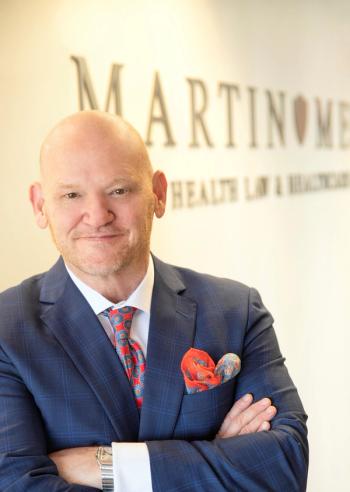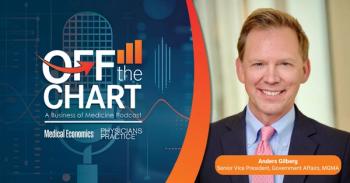
Trendspotter: E-prescribing is becoming mainstream, even without EHRs
Electronic prescribing is well on its way to becoming mainstream, and new DEA regulations allowing electronic prescriptions of controlled substances should accelerate that movement.
Electronic prescribing is well on its way to becoming mainstream, and new DEA regulations allowing electronic prescriptions of controlled substances should accelerate that movement.
Last year, the number of
The DEA’s
The fact that physicians couldn’t prescribe controlled substances online last year makes the 2009 surge in adoption all the more remarkable.
The government’s ARRA incentives for EHR adoption will eventually have some effect on e-prescribing, which is one of the criteria for “meaningful use.” But even today, many physicians are waiting to see the final version of the ARRA regulations before they plunk down their money for an EHR. And in 2009, the incentive program had little effect on EHR adoption. So it appears that a large part of the surge-if not most of it--involved standalone e-prescribing programs, most of them designed for handhold devices.
Another factor that has contributed to the growing adoption rate is the increasing number of pharmacies ready and willing to accept electronic prescriptions. Surescripts, the company that connects physician offices online with drugstores,
To be sure, online connectivity is still limited in some rural areas: One multispecialty group in Tennessee reports, for example, that less than a third of the pharmacies in its area are accepting online scripts. But in metropolitan areas, physicians can prescribe online to most pharmacies with a high degree of confidence.
Surescripts also reports that in 2009, the number of prescriptions and renewals routed electronically zoomed to more than 190 million from 68 million in 2008. Physicians used Surescripts in 2009 to access 81 million prescription histories, a five-fold increase from the prior year. The number of requests for electronic formulary and drug benefit information soared from 79 million to 303 million.
All of this is good news for physicians and patients. Electronic prescribing improves patient safety because of increased legibility and decision support features, including information about a patient’s community medication history. When physicians can see whether a drug is on a health plan’s formulary before they prescribe it, they and their patients are less likely to suffer the inconvenience of having to switch drugs after playing phone tag with a pharmacist.
However, to put the progress on e-prescribing in perspective, it’s important to remember that roughly 2 billion prescriptions a year are written in the U.S. For all of 2009, Surescripts estimates, 12 percent of eligible prescriptions (excluding controlled substances) were sent electronically, versus 4 percent in 2008. That’s a big jump, but it’s still a small percentage of all prescriptions.
If adoption continues to accelerate, however, a majority of prescriptions could well be written electronically within five years. That would be a win for everybody, from doctors and patients to pharmacists and payers. And incidentally, the wide-scale use of e-prescribing will help set the stage for EHR adoption, as physicians become more accustomed to using computers in their everyday work.
What all of this shows is that, despite the naysayers, health IT is starting to have a big impact on clinical practice. Whatever the outcome of the ARRA incentive program, this is a major trend that will continue to gather momentum, just as it has in every other sphere of American life.
Newsletter
Optimize your practice with the Physicians Practice newsletter, offering management pearls, leadership tips, and business strategies tailored for practice administrators and physicians of any specialty.









